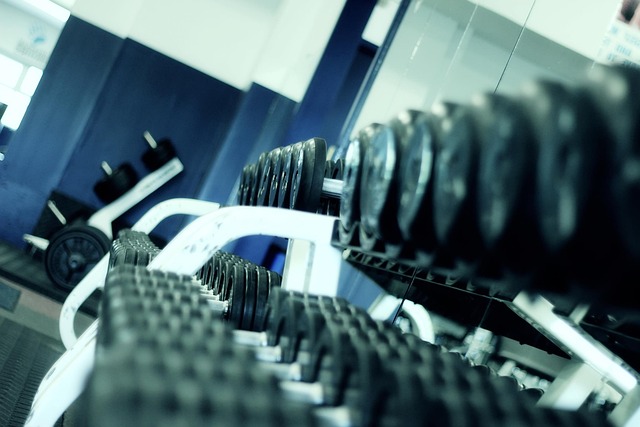Functional Fitness Revolution: Mastering Life Through Movement
Imagine a world where your daily activities become effortless, where you move with grace and strength, and where your body serves you optimally in every situation. This isn't a distant dream, but the promise of functional fitness – a revolutionary approach to exercise that's reshaping how we think about health and movement. Are you ready to unlock your body's true potential?

The Genesis of Functional Movement
The concept of functional fitness isn’t entirely new. Its roots can be traced back to the early 20th century when physical therapists began developing exercises to help patients recover from injuries and perform everyday tasks. However, it wasn’t until the late 1990s and early 2000s that functional fitness began to gain traction in mainstream fitness circles.
Pioneering physical therapist Gary Gray is often credited with popularizing the term “functional training” in the 1980s. His approach emphasized exercises that prepared the body for real-world movements, rather than isolated muscle groups. This philosophy marked a significant departure from traditional bodybuilding and machine-based workouts that dominated gyms at the time.
The Science Behind Functional Fitness
At its core, functional fitness is based on the principle of neuromuscular adaptation. This scientific concept suggests that our nervous system learns and adapts to the movements we perform regularly. By engaging in exercises that mimic daily activities, we’re essentially training our bodies to perform these tasks more efficiently.
Research published in the Journal of Strength and Conditioning Research has shown that functional fitness programs can lead to significant improvements in balance, coordination, and overall physical performance. A study by Tomljanović et al. (2011) compared functional training to traditional resistance training and found that the functional group showed greater improvements in agility and explosive power.
Beyond the Gym: Real-World Applications
One of the most compelling aspects of functional fitness is its direct application to everyday life. Unlike traditional weightlifting or cardio exercises that may have limited real-world carry-over, functional movements are designed to enhance your ability to perform daily tasks with greater ease and reduced risk of injury.
For instance, a squat in functional fitness isn’t just about building leg strength; it’s about improving your ability to sit down and stand up from a chair. A farmer’s carry exercise isn’t merely for building grip strength; it’s about making grocery shopping and carrying heavy objects easier.
This real-world applicability makes functional fitness particularly valuable for older adults. A study published in the Journal of Aging and Physical Activity found that functional fitness training significantly improved the ability of older adults to perform activities of daily living, potentially prolonging their independence.
The Holistic Approach: Mind-Body Connection
Functional fitness goes beyond physical benefits; it also fosters a strong mind-body connection. By engaging in complex, multi-joint movements, practitioners develop greater body awareness and proprioception – the sense of where your body is in space.
This enhanced body awareness can have far-reaching effects on overall well-being. A study published in the Journal of Physical Activity and Health found that individuals who engaged in functional fitness programs reported improved mood states and reduced stress levels compared to those in traditional exercise programs.
Functional Fitness Facts and Tips
• Functional movements often involve multiple muscle groups and joints, promoting full-body coordination
• Incorporating unstable surfaces in functional training can enhance balance and core stability
• Functional fitness can be adapted for all fitness levels, from beginners to elite athletes
• Bodyweight exercises are a cornerstone of functional fitness, making it accessible without expensive equipment
• Regular functional training can improve posture and reduce the risk of back pain
• Functional fitness programs often include exercises that mimic sports-specific movements, benefiting athletes
• The variety in functional workouts can help prevent exercise boredom and promote adherence to fitness routines
Embracing the Functional Fitness Lifestyle
As we navigate an increasingly sedentary world, the importance of functional fitness cannot be overstated. It’s not just about looking good; it’s about moving well, feeling great, and being prepared for whatever life throws your way. By incorporating functional movements into your fitness routine, you’re not just training your body – you’re investing in a higher quality of life.
Remember, the journey to functional fitness is personal and ongoing. Start where you are, progress at your own pace, and celebrate the small victories along the way. As you continue to master life through movement, you’ll discover a newfound sense of freedom, confidence, and vitality in your daily activities. Welcome to the functional fitness revolution – where every movement counts, and life becomes your ultimate playground.





